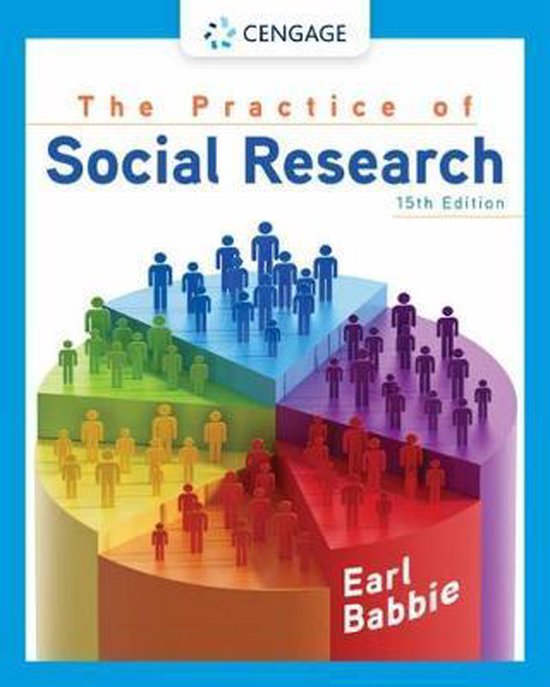Zusammenfassung
Pre-master Psychology - Research Methodology & Descriptive Statistics Summary Units test 1
- Kurs
- Hochschule
- Book
Summary for the course Research Methodology & Descriptive Statistics. It covers the theory for test 1, which includes the theory of units 1, 2, 3, 4, 5, 6, 7, 8, 9, 10, 11, and 26. All videos by Henk van der Kolk, articles, and chapters from the book are thoroughly included in this document. ...
[ Mehr anzeigen ]




